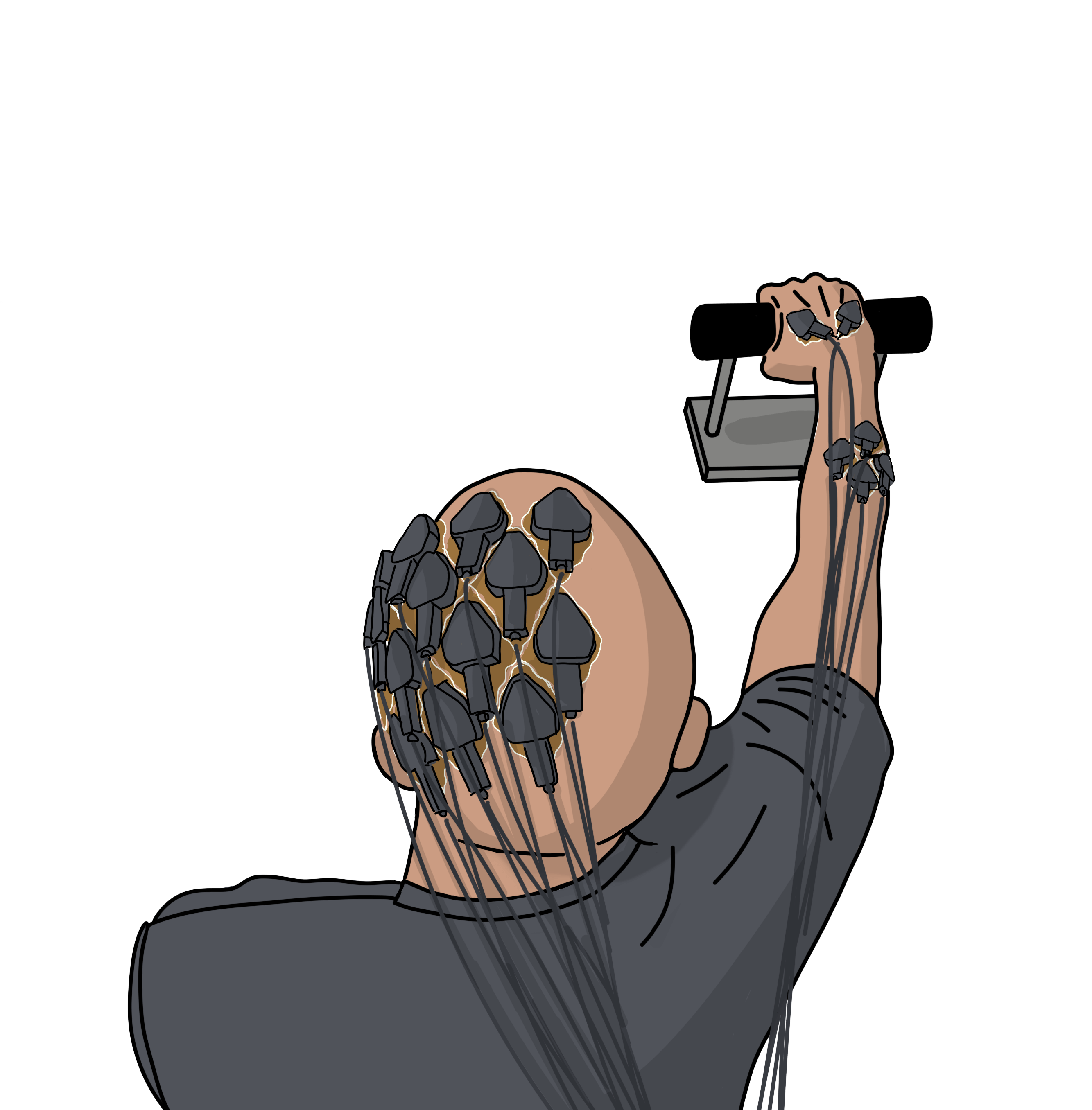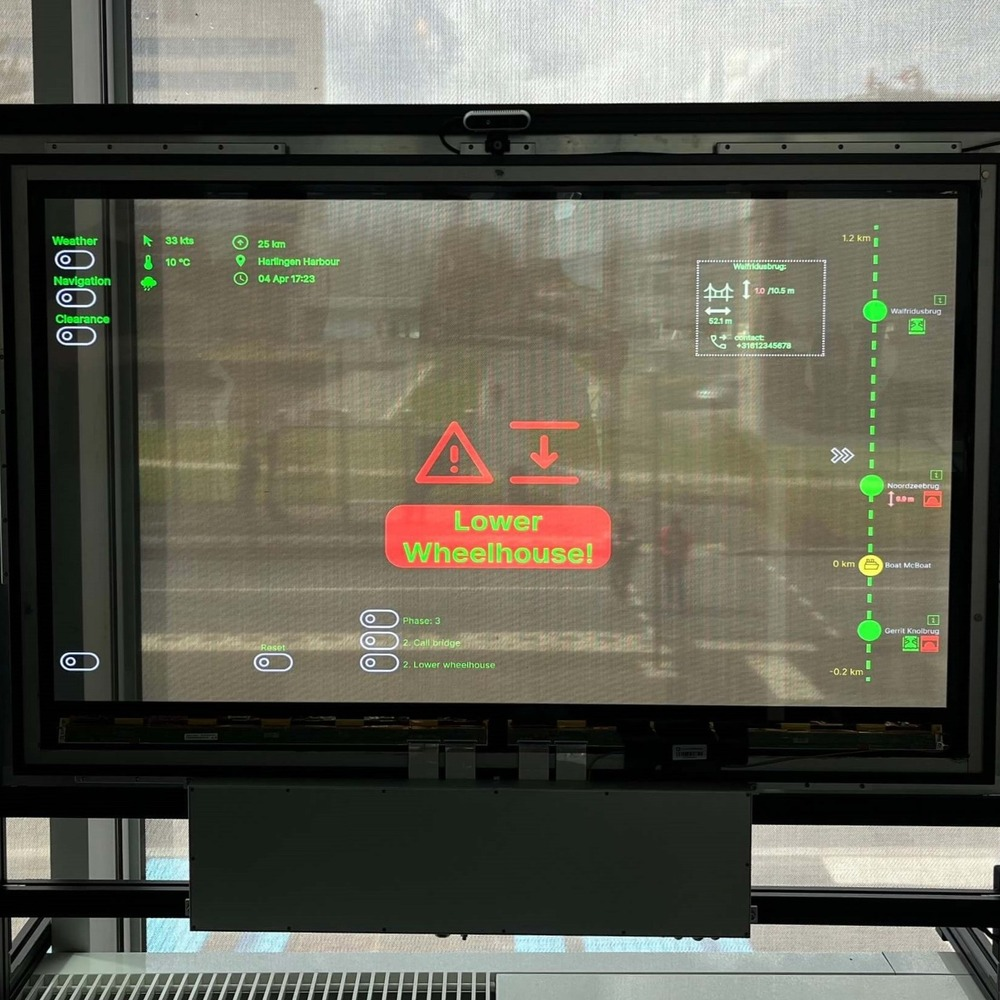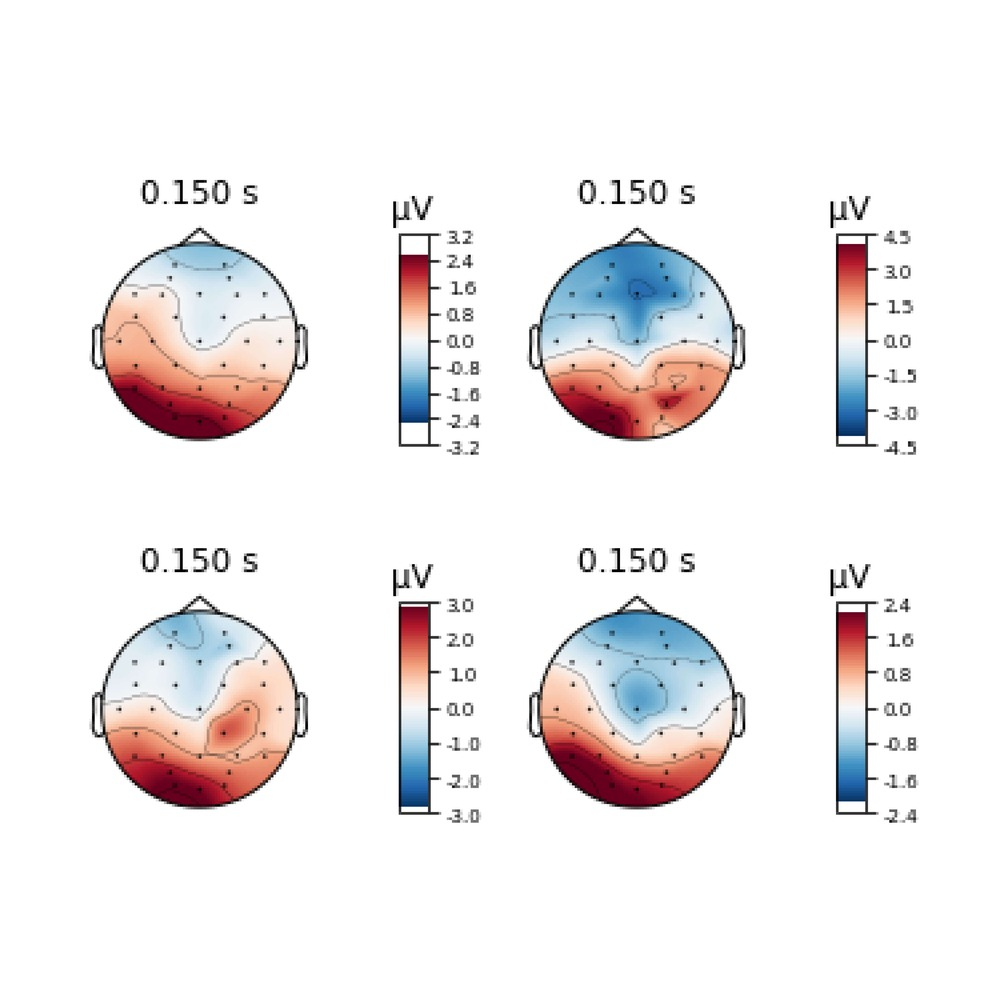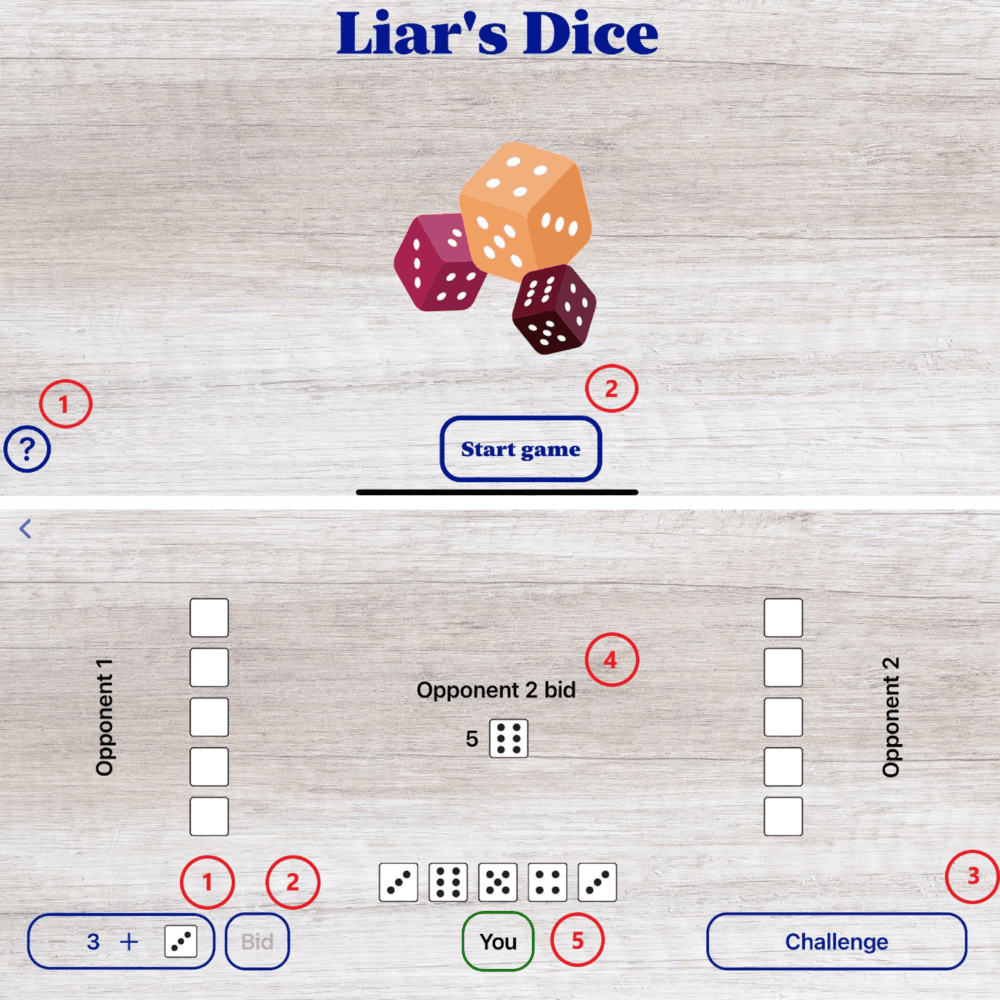
Personnel File
ID: PSC-2025-001
Research Personnel Documentation
PAULINE SCHOMAKER
MSc Computational Cognitive Science
Aspiring BCI Researcher
Neural Data Analysis
Technical Proficiencies
MATLAB
Python
R
EEG
Neural Analysis
BCI
Research Projects

Thesis Research
Research internship @ g.tec
Ultra-high-density EEG grasping movement analysis

Interface Design
Maritime Navigation HUD
Interactive heads-up display for enhanced maritime safety

Neural Analysis
ERN Research
Error-related negativity patterns in cognitive processing

AI Development
Game AI System
Reinforcement learning for strategic decision-making
Project Log: BR41N.IO HACKATHON
REF: TR-2025-001
Location: Copenhagen chapter
Duration: 24 hours
System: Unicorn Hybrid Black (EEG) + VR
Status: Completed
- Real-time mapping of user's brain states
- Using Virtual Reality to create immersive experience
- Feedback on relaxed and focused brain states
- Won 3rd place for BCI Art and Programming
Project Log: Thesis Research
REF: TR-2024-001
- Implementation of ultra-high-density EEG and EMG protocols
- Neural activity mapping during grasping tasks
- Data presented at g.tec BCI Springschool
- Featured: Graz BCI Conference '24
Project Log: Maritime HUD
REF: MH-2024-002
Type: Interface Design
Platform: Touch/Mouse
Testing: Simulator
Status: Completed
- Interactive collision prevention system
- Maritime expert consultation integration
- Simulator-validated methodology
- Field testing with industry partners
Project Log: EEG Analysis
REF: EA-2024-003
Type: Neural Research
Role: Research Assistant
Focus: ERN Patterns
Status: Completed
- First-hand EEG data collection experience
- Error-response pattern analysis in decision-making
- Multi-condition neural mapping
- Extended research position
Project Log: AI Gaming
REF: AI-2024-004
Platform: iOS
Language: Swift + ACT-R
Method: RL
Status: Completed
- Reinforcement learning implementation
- Bluffing behavior modeling
- iOS-optimized development
- Competitive AI system creation
